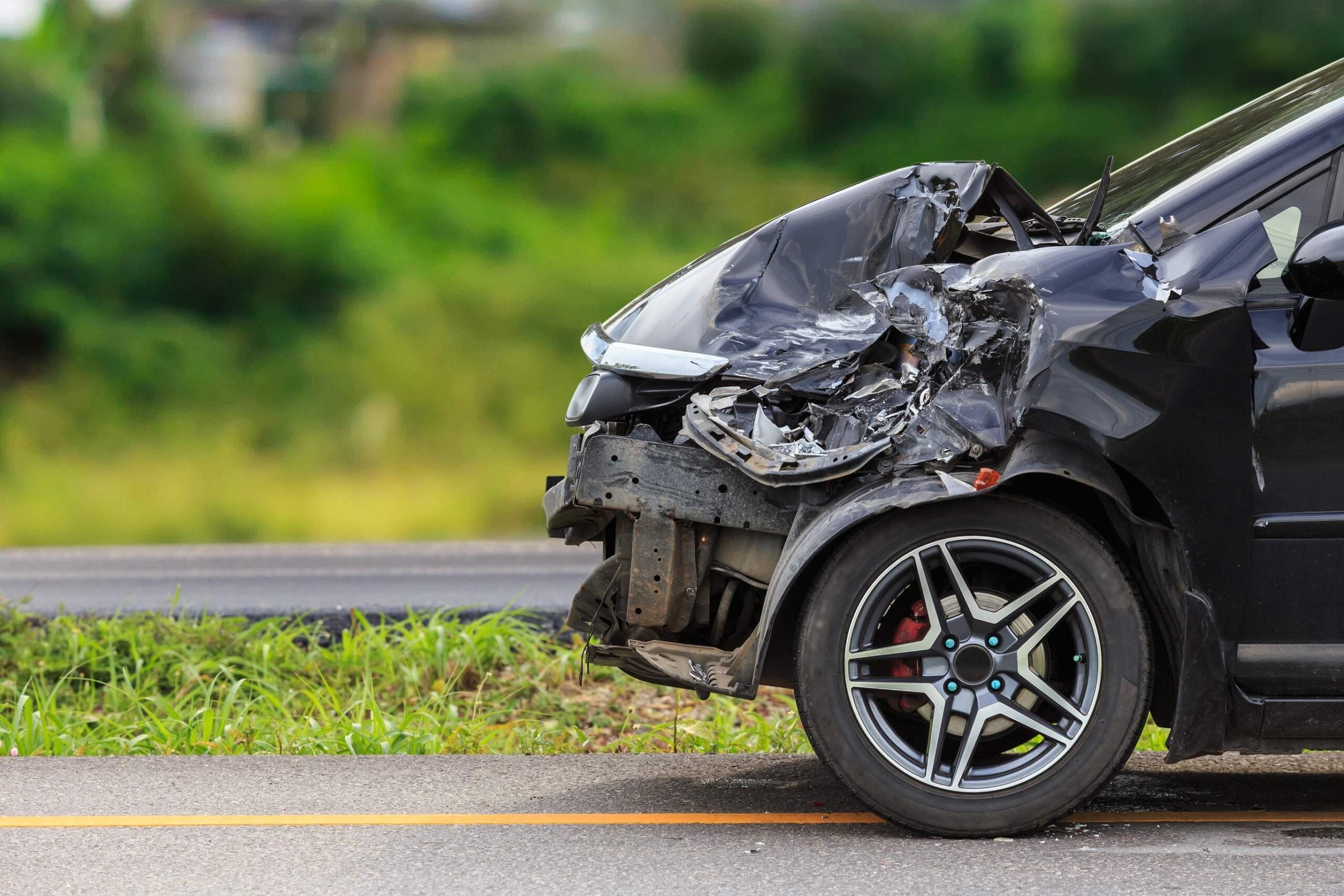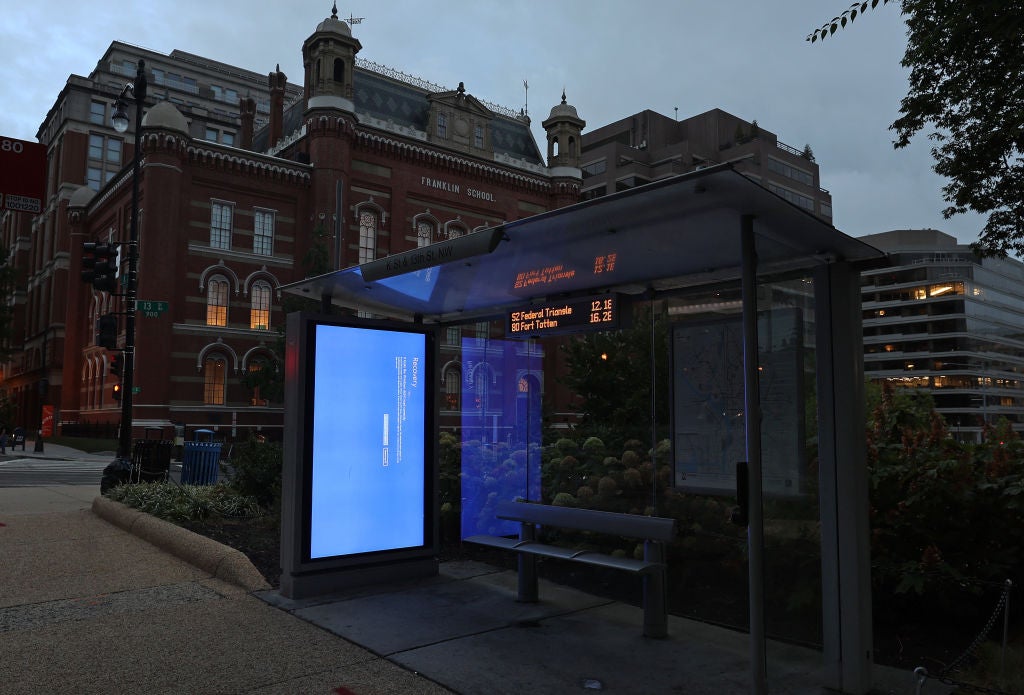
Of the 13,176 car accidents recorded in Switzerland in 2016, it’s thought around 90 percent were caused by the driver.
With self-driving cars however, the international insurance provider AXA believes that it would make it possible to avoid around 10,000 of those car accidents.
There’s no doubt that autonomous vehicles are going to herald a new era of transport but there are several issues to contend with before we get there.
If an autonomous vehicle is in an accident, who is responsible? The robot or the driver? And what about the hacking risk that comes with putting a computer interface in a vehicle?
Axa explored these questions during a series of crash tests taking place in Dubendorf, Switzerland today.
According to a statement ahead of the event, Axa said:
How well do you really know your competitors?
Access the most comprehensive Company Profiles on the market, powered by GlobalData. Save hours of research. Gain competitive edge.

Thank you!
Your download email will arrive shortly
Not ready to buy yet? Download a free sample
We are confident about the unique quality of our Company Profiles. However, we want you to make the most beneficial decision for your business, so we offer a free sample that you can download by submitting the below form
By GlobalDataAxa Winterthur’s accident researchers will present some new and old risks for people and machines, and discuss possible solutions and preventive measures.
What did Axa do?
The firm carried out three crash tests and if you’re weren’t one of the lucky few attending, you can tune in on social media to see what happened.
The first crash looked at the cyber risk self-driving cars pose. Axa hacked a passenger car, disabling the brakes before accelerating the car at full speed, causing a rear-end collision.
Cyber hacking of vehicles is something the UK government is particularly concerned about. It recently released guidance to ensure that manufacturers and developers of autonomous vehicles protect the cars from hacking.
The second crash demonstrated how autonomous driving can’t reduce every risk. A rock smashed into the windshield of a self-driving passenger car and the researchers then explained what happens next to the vehicle.
Finally, the third crash was focused on the ethics of self-driving cars. This scenario looked at what would happen when a self-driving car gets into a situation where an accident can no longer be prevented. How does the car work out which is the ‘right’ evasive maneuver?
It’s an interesting scenario and one that concerns AI researchers, researchers, and future self-driving car passengers. If you want to see what decision you would advocate in that kind of scenario, you can try out MIT’s Moral Machine game.
Head of accident research and prevention for Axa Winterthur, Bettina Zahnd, said:
Today, over 90 percent of all accidents are still caused by people. With improved technology, better sensors and the future development of the systems, I am convinced that automated driving will significantly improve road safety.
If you want to see the crashes and what happens next, you can watch the recap on Axa’s social media accounts, Facebook, YouTube, and Twitter.






